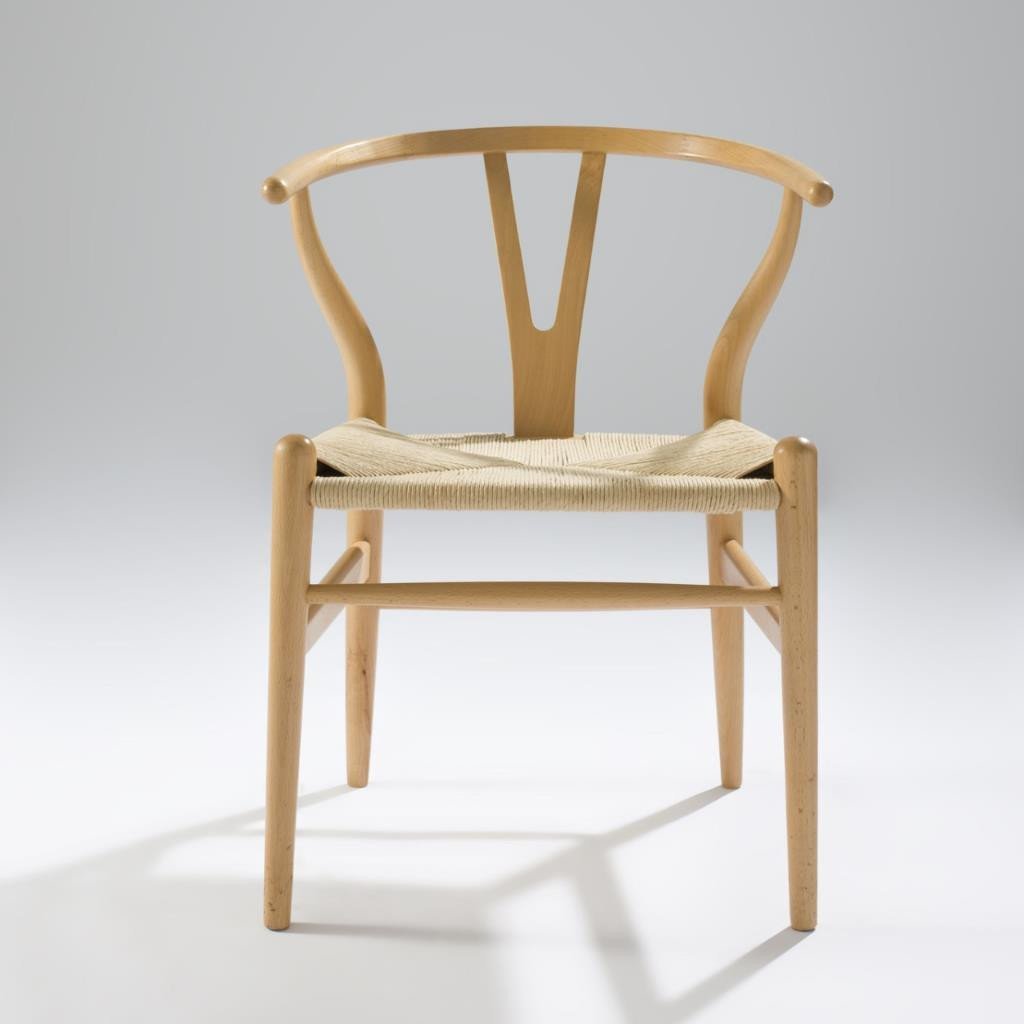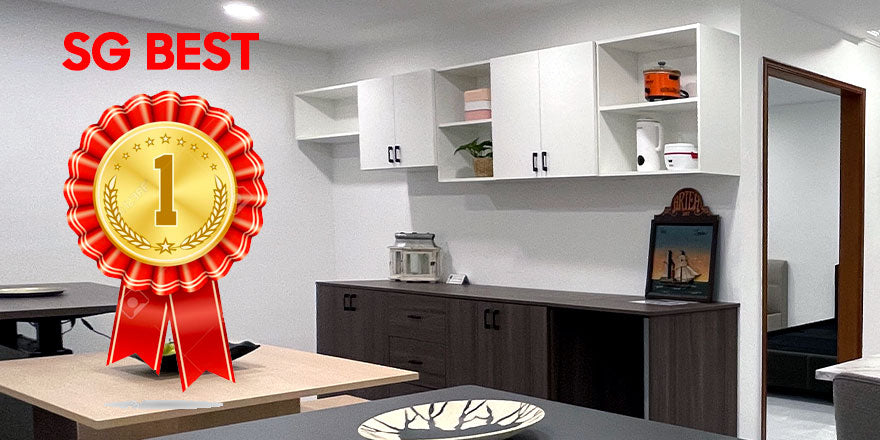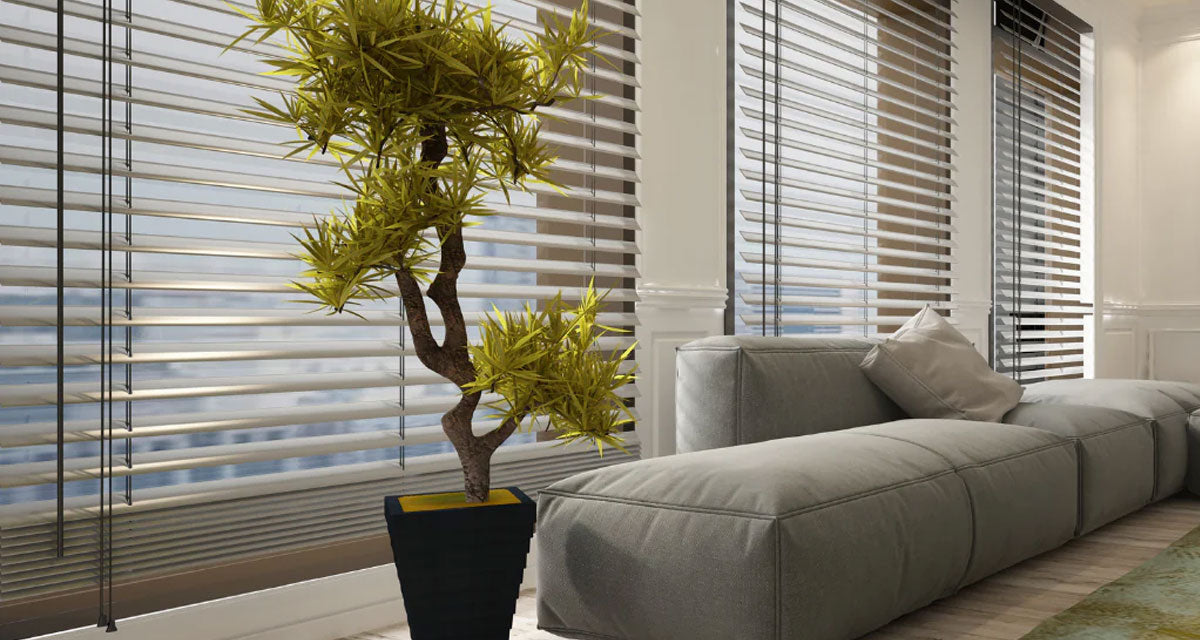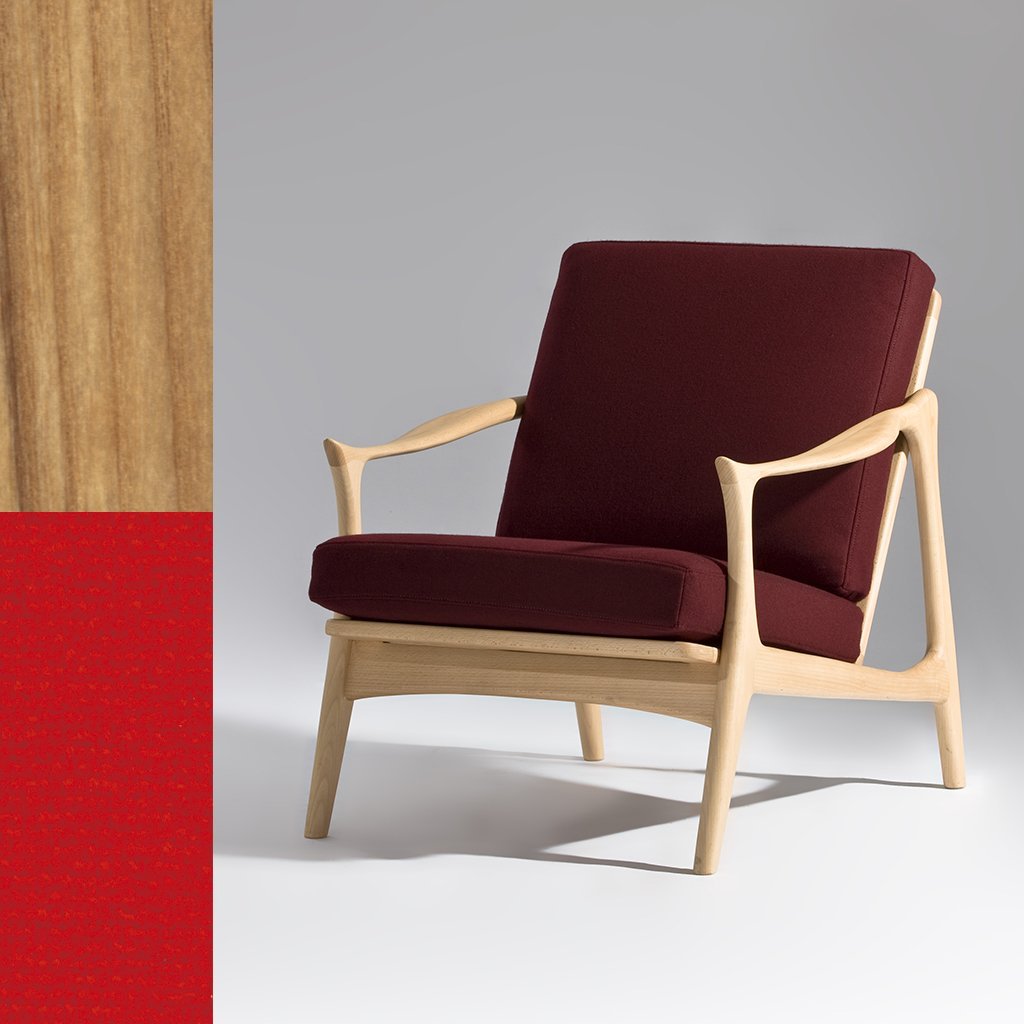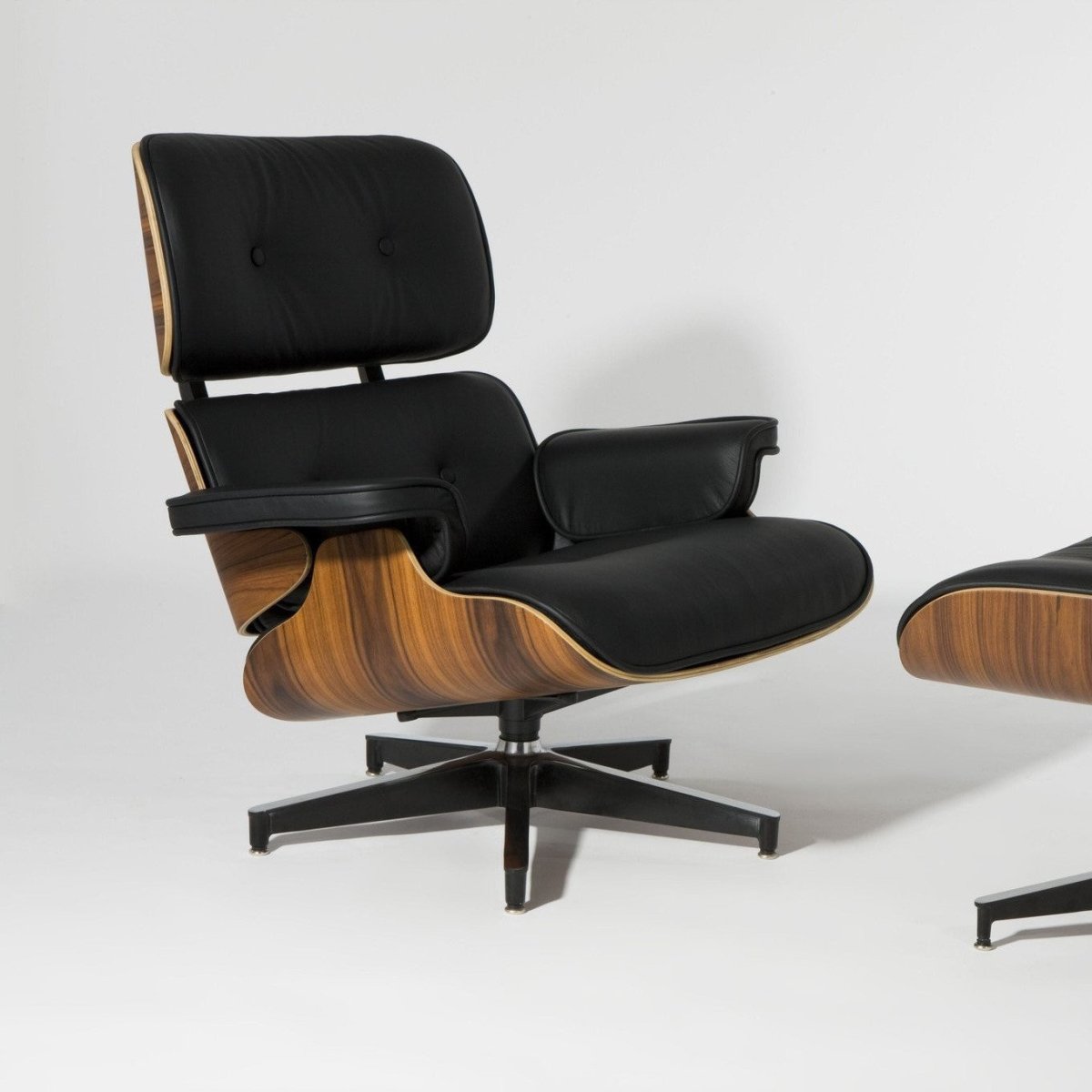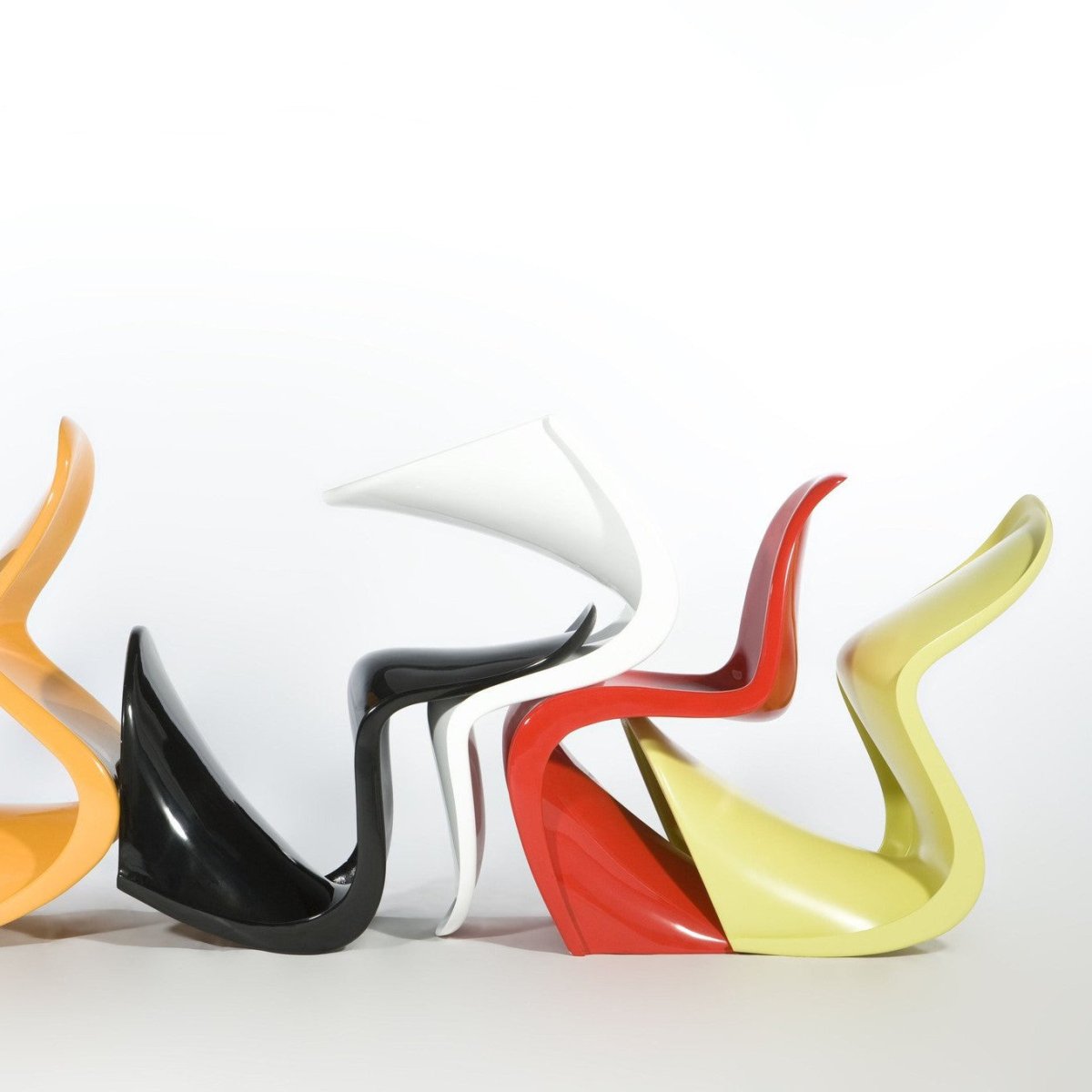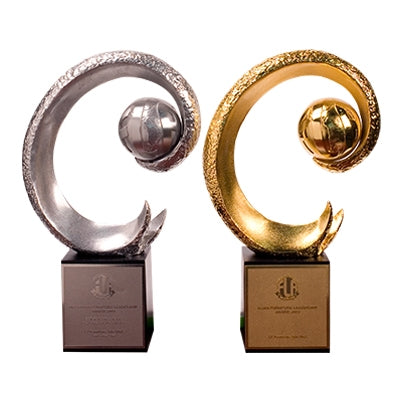Hans Jorgensen Wegner was an internationally-acclaimed Danish furniture designer who helped to propel mid-century Danish modern design to international popularity. He won the Grand Prix at the 1951 Milan Triennale, the prestigious world design fair, and was the first Dane ever awarded an Honorary Doctorate from England’s Royal College of the Arts. Wegner was known for his master craftsmanship in woodwork, having discovered an affinity for the living material as a child apprentice to master carpenter H.F. Stahlberg. He utilized traditional construction techniques in his bid to “make unexceptional things of an exceptionally high quality”. He was humble, meticulous about quality control and his chairs were all hand-finished. He attended technical college, the Danish School of Arts and Crafts, the Architectural Academy in Copenhagen and The Danish Design School. In Copenhagen, Wegner discovered the Copenhagen Cabinetmaker’s Guild, whose exhibitions helped him to coalesce his dreams and calling. He had also worked with other famous designers such as Arne Jacobsen and Borge Mogensen.
Wegner designed over 500 chairs over the course of his life. Over a hundred of these were mass produced and many have become design icons. His approach of focusing on “pure construction”, paring down the chairs to let them stand on their own without ornamental distractions, resulted in a groundbreaking style of furniture design that was soon baptized “Organic Functionalism” for its fresh dynamics. His designs can be seen in the Museum of Modern Art (and in its restaurants) and the Metropolitan Museum of Art in New York, as well as the United Nations Building and IBM. In fact, Wegner has once been called “the Enzo Ferrari of the wooden chair”.
Wegner’s purity of design can be seen in the GE-290 or Plank Chair and Sofa (1953; Miesen Sofa), gorgeous classics that have been stripped down to a chair’s simplest possible elements- four legs and a seat, all combined with a top rail and arm rest. The Plank Chair and Sofa retain their stunning visual quality from all angles and are crafted to last years and years.
Wegner’s prototype of “The Chair” led to “The Round Chair” (1949; Roly Armchair), which achieved critical attention when it was bought by CBS to be used in the studio in which candidates John F. Kennedy and Richard Nixon faced off in the 1960 televised presidential debates, the first in American history (Kennedy won). America’s political landscape changed overnight and the image of the future president in Wegner’s round chair was an indelible impression in the minds of the nation. The Round Chair encloses the person sitting in it but still affords unfettered freedom of movement, thereby underscoring its comfort. The chair has been called “the most beautiful chair in the world”. Wegner was inspired by Chinese Ming Dynasty chairs, accruing for the form of the sculpted round chair, with its highly distinctive raised, tapering legs. Its low back rail curves to form the arms of the chair in handsome, simple functionality.
Wegner’s Cow Horn Chair (1952; Emporio Chair) also possesses a round shape and is one of Wegner’s smallest chairs. Its compactness is achieved by the use of joints, which Wegner incorporated into the design instead of hiding. The unique shape of the backrest gave rise to its given name. The Cow Horn Chair was exhibited to the public for the first time at the Cabinetmakers Guild’s annual exhibition.
The Peacock Chair, or PP550, (1947; Lance Chair) is Wegner’s reinterpretation of the English Windsor chair. It retains the rustic charm due to the legs and spindles socketed into the seat. Wegner updates it however, with his woven seat and beautiful, high hooped back. The spindles’ flattened, fanned-out sections lend a unique, airy dimension to the appearance of the chair as well as giving it a resemblance to a peacock’s plumage. Fellow designer Finn Juhl agreed- he took one look at the chair and gave it its moniker “The Peacock Chair”. In keeping with Wegner’s philosophy, the flattened sections are not arbitrary and in fact serve as a resting pad for the shoulder blades.
The Wishbone Chair (1949; Sling Chair) displays the characteristic understated mastery of Wegner with its steam-bent, flattened back and arm rail from one continuous piece of wood and elegant joinery. Of his chairs that were inspired by traditional Chinese Ming Dynasty Chairs, it is the last and also bears the most likeness. It has a handwoven paper cord seat and a distinctive Y-shaped back split. The Wishbone Chair is probably the most successful of all of Wegner’s designs, something that reportedly surprised Wegner himself.
The Elbow Chair (1956; Oxley Chair and variants Oxley Barstool and Oxley II Chair) is a classic comfortable dining chair. It is stackable and also makes a great desk chair, with lower back support and sturdy legs. Wegner experimented with new materials and the chair’s seat bears the results of that, made as it is from 11 layers of molded veneer. Though it was designed in 1956, Wegner’s Elbow Chair was only introduced in 2005 and yet shows no sign of being antiquated.
Wegner’s Shell Chair (1963; Trivet Lounge Chair) is striking and minimalist yet generous and comfortable at the same time. Made from molded plywood, the sculptural Shell Chair is sometimes referred to as ‘The Smiling Chair’ due to its broad wing-shaped seat and has a lightness of being about it. The Shell Chair is a low lounge chair with only three legs but is perfectly balanced and stable thanks to Wegner’s immaculate conception and expertise. The Shell Chair was discontinued for a few years but came back into the spotlight after over 30 years, in 1997. One of Hans Wegner’s strongest designs, his Shell Chair perfectly fulfilled his ideals of a chair: that it should have no rear view and be beautiful from all sides and angles.
The Hoop Chair (1986; Oslo Lounge Chair) is one of Wegner’s more recent designs, when he was 71 years old, for workshop PP Mobler. It has laminated hoops and seat, as well as a back of woven flag halyard and two cloth-covered cushions. The Hoop Chair is something of a technical triumph. Wegner himself did not even think the Hoop Chair could possibly be manufactured but a special machine was successfully developed to that end.
Wegner’s upholstered easy chair Wing Chair (1960; Cullen Lounge Chair) is one of those chairs that instantly strikes one as looking immensely inviting and comfortable- a chair that is perfect for the library. In fact the Wing Chair, being aligned with Wegner’s ergonomics ideal of conforming to various sitting positions, is extremely accommodating of curled up legs or even the hanging of legs over the armrest. It possesses an exaggerated wingspan and uncluttered lines without the rolled arms characteristic of most armchairs. The Wing Chair still looks as vogue today as it did back in 1960 when it was released in limited production. It was rereleased in 2006 and won awards at the 2006 imm Cologne (an international furniture trade show) and the Copenhagen International Furniture Fair.
View all of our Hans Wegner-inspired products in our Modern Classics collection

